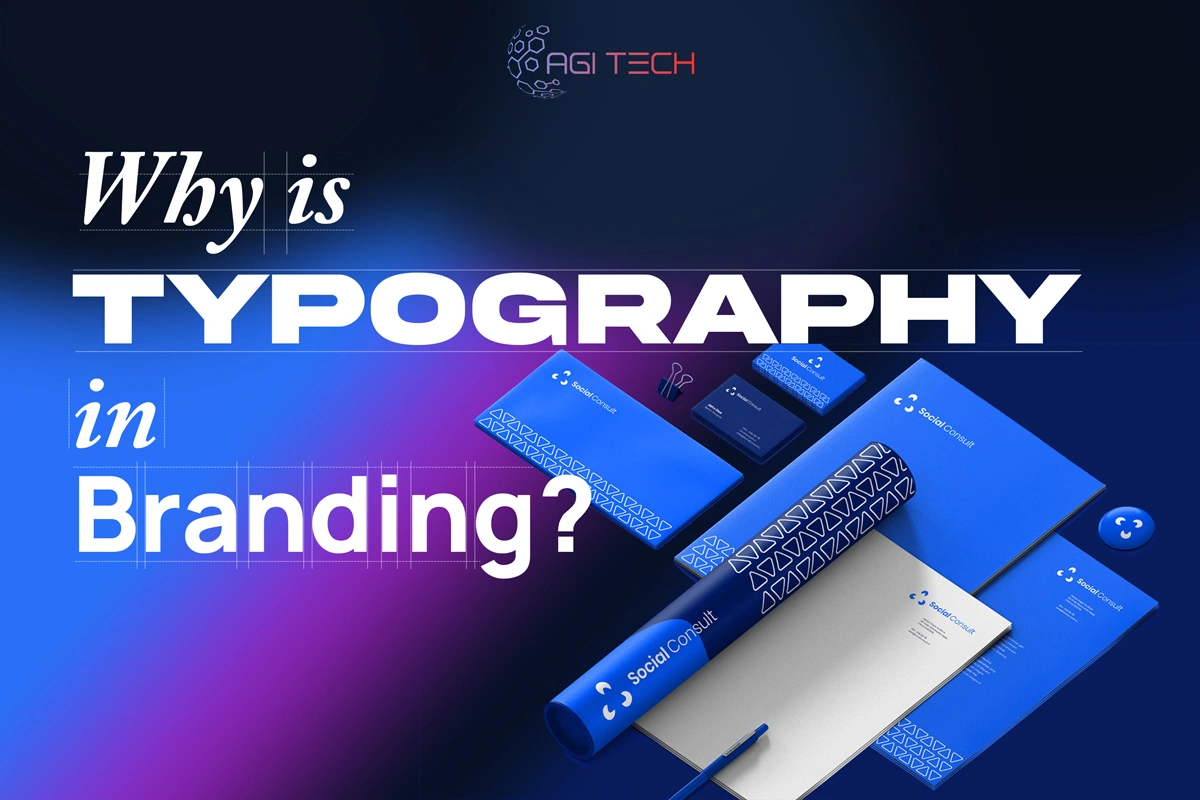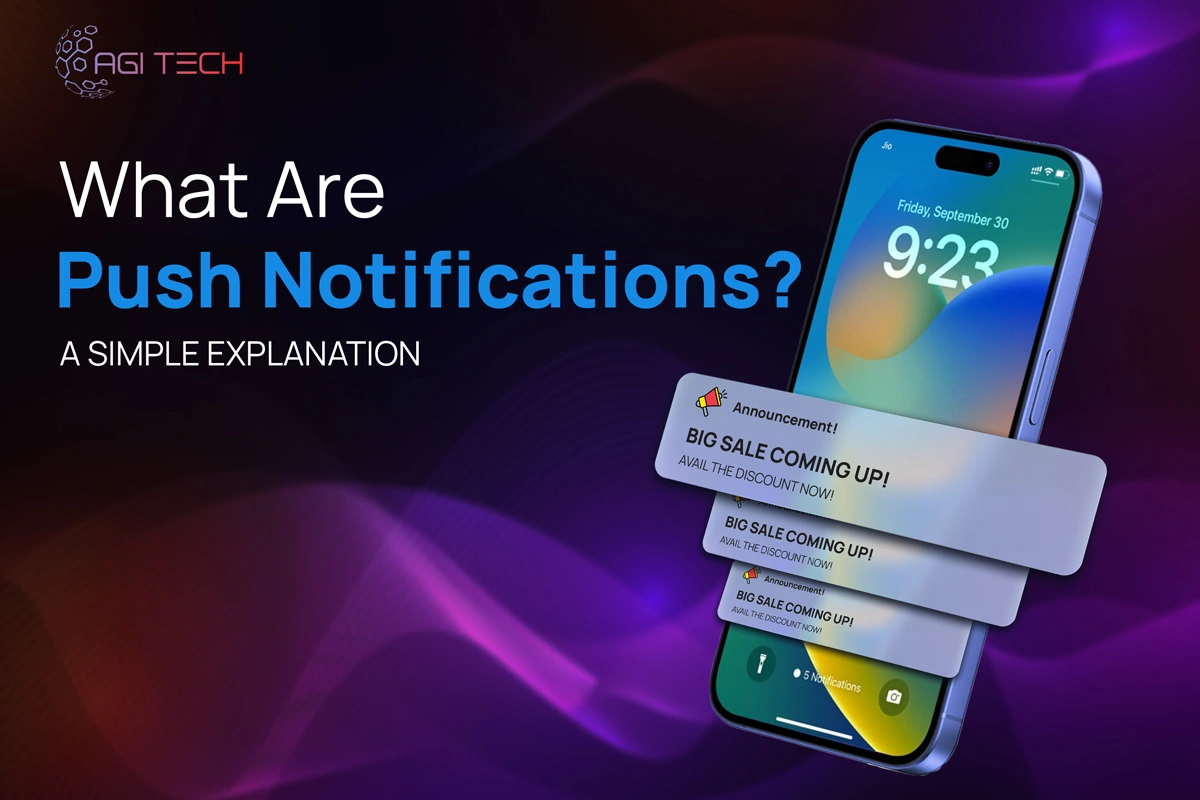Table of Contents
- Why Engagement Management Matters for Meta Ad Performance
- Common Types of Engagement on Meta Ads
- How to Monitor and Analyze User Interactions
- How to Turn Off or Limit Comments on Meta Ads
- Balancing Engagement Control Without Hurting Reach
- Legal and Ethical Considerations
- How Meta Ads Media Buyers Handle Engagement Control
- Tips to Improve Engagement Quality
- When to Turn Off Comments – Case Studies
- Troubleshooting Common Issues
- Conclusion – Find Your Balance Between Freedom and Control
- Recommended Tools for Meta Ad Engagement Management
How To Control Engagement and User Interactions on Meta Ads?

For advertisers on Meta platforms, the comments and interactions on your ads are a double-edged sword. Positive engagement serves as powerful social proof, building credibility and trust with new audiences. Negative or spammy comments, however, can quickly derail a campaign, damaging brand perception and wasting ad spend. Proactively managing these interactions is not just about maintaining a clean appearance; it’s a critical function that directly impacts your ad performance and return on investment. We will guide you through the practical steps to control your Meta ad engagement, from basic comment disabling to advanced moderation strategies, ensuring your ads maintain a positive and productive environment.
Do you know what the costs, pricing, and policies of meta ads are?
Why Engagement Management Matters for Meta Ad Performance
On Meta platforms, “post engagement” encompasses any action someone takes to interact with your ad. This includes likes, reactions, comments, shares, and clicks. Each of these actions sends a signal to Meta’s algorithm about your ad’s relevance and quality. Positive engagement can increase your ad’s reach and lower your cost-per-result, as the algorithm rewards content that resonates with audiences. Conversely, a comments section filled with spam, competitor mentions, or negative feedback can harm your brand’s credibility and deter potential customers, effectively undermining your advertising goals. A well-managed comments section transforms your ad from a one-way broadcast into a trusted, community-endorsed message.
Common Types of Engagement on Meta Ads
Understanding the different forms of engagement helps you interpret audience sentiment and tailor your moderation approach. Not all interactions hold the same weight, and each provides unique insights.
Likes, Reactions, and Shares: What they signal to Meta’s algorithm
Likes and reactions are the most basic forms of positive feedback. They are quick indicators of audience approval and help boost your ad’s overall engagement rate. Shares are particularly valuable; when a user shares your ad to their own network, it significantly amplifies your reach organically and signals to Meta that your content is highly compelling.
Comments and Replies: How discussions can shape public perception
Comments are the most complex form of engagement. Positive comments can build incredible social proof, while negative ones can spark public relations challenges. The discussions that unfold in your comments section shape how new viewers perceive your brand. This is why active comment management is so critical for maintaining control of your brand’s narrative.
Clicks and Link Engagements: What counts as valuable user intent
Clicks on your ad’s “Learn More” button or website link are strong signals of high user intent. This type of engagement is often a direct precursor to a conversion and is heavily weighted in Meta’s algorithm for ads with conversion objectives.
Hidden and Reported Ads: The negative engagement signals advertisers must track
Meta also tracks negative feedback. If users hide your ad or report it, these actions signal to the algorithm that your content is not relevant or is displeasing to the audience. A high number of these negative engagements can reduce your ad’s delivery and increase costs.
How to Monitor and Analyze User Interactions
Staying on top of the conversations happening on your ads is the foundation of effective management. You cannot control what you cannot see. Meta provides native tools to monitor this activity, and several third-party platforms offer more advanced capabilities.
The first step is knowing how to see comments on your Facebook ads. This is done directly within your Meta Ads Manager. Navigate to the ad you want to monitor, and in the preview panel, you will see an option to view comments. For a more centralized view, Meta Business Suite is your go-to tool. Its unified inbox pulls all comments and messages from your Facebook and Instagram ads into a single, streamlined feed, making it easier to respond and moderate without switching between apps.
For larger-scale campaigns, dedicated social media management tools like Agorapulse and NapoleonCat offer robust inboxes that consolidate interactions from multiple profiles and even allow for sentiment analysis. Agorapulse’s revamped social inbox, for example, lets you filter comments by sentiment, positive, negative, or neutral, helping you prioritize which interactions need your immediate attention . Tracking this sentiment over time provides invaluable insights, allowing you to refine your ad creative and targeting based on real audience reaction.
How to Turn Off or Limit Comments on Meta Ads
There are legitimate strategic reasons an advertiser might want to turn off comments entirely, such as during a sensitive brand announcement or to prevent the spread of misinformation. So, can you turn off comments on Facebook ads? The answer is yes, and the process is straightforward.
Here is a step-by-step process to disable comments on a Meta ad:
- Go to your Meta Ads Manager and select the campaign containing your active ad.
- Click on the ad to view its preview and details.
- In the ad preview, click on the three-dot menu icon and select “Edit Ad.”
- Within the ad editing interface, navigate to the “Ad Settings” or “Page and Post Settings” section.
- Look for the option to control comments. This may be labeled as “Allow Comments” or something similar. Toggle this setting off.
- Confirm your changes and publish the updated ad.
It is important to note that turning off comments is a broad-stroke solution. A more nuanced alternative is to hide offensive or spam comments individually or by using keyword filters. This allows positive conversations to continue while you automatically block the negative ones.
How to Disable Facebook Comments on Ad Sets: using automated moderation tools
Instead of manually editing each ad, you can use Meta’s built-in moderation tools to automate the process. Within your Facebook Page settings or Meta Business Suite, you can access “Page Moderation” and “Profanity Filter” settings. Here, you can create a custom list of restricted keywords. Any comment containing these words will be automatically hidden from your ad. This offers a powerful middle ground, preserving valuable discussion while filtering out the noise.
Pro Tip: Instead of fully disabling comments and removing all social proof, we often recommend using these automated moderation rules for sensitive campaigns. This protects your brand while maintaining an appearance of transparency and openness.
Balancing Engagement Control Without Hurting Reach
Completely turning off comments can have unintended consequences. It may reduce ad transparency and even be viewed negatively by some users, potentially impacting trust. More importantly, Meta’s algorithm generally favors content that generates positive, organic interaction. Shutting down all comments might slightly limit your ad’s potential reach compared to an identical ad with an active, positive comments section.
The key is to find a middle ground. We recommend these balanced solutions:
- Use Restricted Word Filters: Proactively block spam, profanity, and competitor names using Meta’s native keyword filters.
- Assign Moderators: For larger brands, have a community manager regularly monitor and engage with comments to foster a positive community.
- Encourage Meaningful Engagement: Craft your ad creative and captions to prompt genuine, brand-related discussions, which naturally attracts a higher quality of comment.
Learn how to write an ad copy that makes people want to buy.
Legal and Ethical Considerations
While you have the right to moderate the conversations on your own ads, it’s wise to be aware of the broader context. In many regions, advertising is subject to regulations that require a degree of transparency. Furthermore, Meta’s own advertising policies set guidelines on what is allowed. When moderating comments, the ethical approach is to focus on hiding content that is hateful, harassing, spammy, or contains misinformation, rather than simply suppressing all negative feedback. Addressing constructive criticism publicly can often improve brand perception and demonstrate that you value customer input.
You can learn more about the account requirements and legal aspects of running meta ads.
How Meta Ads Media Buyers Handle Engagement Control
Professional media buyers who manage large-scale, high-spend campaigns cannot afford to manually sift through thousands of comments. Their workflow relies heavily on automation and advanced tools. They use platforms like Agorapulse and NapoleonCat to set up automated moderation rules that instantly hide or assign comments based on keywords, sentiment, and other triggers .
For example, NapoleonCat’s auto-moderation can be configured to automatically hide comments based on predefined keywords or even AI-detected sentiment, freeing up the team to focus on strategic tasks . These tools also offer collaboration features, allowing managers to assign specific comments to team members for a swift and expert response, ensuring no critical inquiry or complaint is ever missed.
Learn about 8 tools that can improve your meta ads campaigns.
Tips to Improve Engagement Quality
The best way to manage engagement is to foster a positive environment from the start. By attracting genuine, high-quality interactions, you reduce the need for defensive moderation. Here is how you can improve the quality of your ad engagement:
- Clear CTAs and Authentic Visuals: Use clear calls-to-action and authentic, high-quality images or videos. Users are more likely to leave positive comments on ads that feel genuine and provide clear value.
- Targeted Audience Selection: A well-targeted ad is shown to users who are more likely to have a genuine interest in your offer, leading to more relevant and positive comments.
- Prompt Brand-Related Discussions: Instead of just asking for a “like,” ask a specific question related to your product or brand in the ad text to spark meaningful conversation.
When to Turn Off Comments – Case Studies
There are clear situations where limiting comments is the most prudent choice. Brands often disable comments during major crisis communications events to prevent the spread of misinformation and maintain a single, clear source of updates. Similarly, in highly polarized industries or during political campaigns, turning off comments can be a way to avoid unproductive and brand-damaging arguments.
On the other hand, one prominent cosmetics brand successfully managed a product launch that initially received negative comments about its price point. Instead of disabling comments, they used a moderation tool to filter out spam and then had their social team actively respond to concerns, explaining the product’s value. This proactive engagement turned the sentiment around, and the ad went on to become one of their top performers, demonstrating that strategic moderation can be more effective than a total blackout.
Troubleshooting Common Issues
Even with the best tools, you may encounter technical issues. If comments are not appearing on your ads, first check that you haven’t accidentally disabled them at the ad level. If the comment manager is not loading, try refreshing the page, clearing your browser cache, or checking Meta’s Platform Status page for any widespread outages.
Learn how to troubleshoot Meta Ads errors and downtime issues.
To prevent bots and fake profiles, ensure your profanity filter is on and consider adding common spam phrases to your restricted keywords list. If Meta disables your engagement tools due to a policy violation, you will need to appeal the decision through the official channels within your Meta Business Suite account.
Conclusion – Find Your Balance Between Freedom and Control
Managing engagement on your Meta ads is not about choosing between complete freedom and total control. The most effective strategy is a balanced one. By leveraging Meta’s native settings to filter out the worst content and using advanced tools to automate moderation, you can create a safe space for positive conversations to flourish. This approach protects your brand’s reputation, satisfies platform algorithms, and builds trust with your audience. Remember, a well-moderated comments section is not a silenced one; it’s a curated community that amplifies your ad’s success.
Recommended Tools for Meta Ad Engagement Management
To implement the strategies discussed, the right tools are essential. Here are several we recommend for effective engagement management:
- Meta Business Suite: The free, native tool for all advertisers. It provides a unified inbox for comments and messages and basic moderation settings, making it a great starting point.
- Agorapulse: A powerful social media management platform that offers a unified social inbox, automated moderation rules, and competitor benchmarking to streamline your engagement workflow.
- NapoleonCat: Excellent for customer service-focused teams, this tool provides auto-moderation, a unified inbox, and automated reporting to save significant time on ad comment management.
- BrandBastion: A specialized tool that uses AI to provide nuanced sentiment analysis, going beyond keywords to understand context, sarcasm, and brand-specific impact in comments.
Start Your Digital Transformation
From branding to digital solutions, let’s take your business to the next level together.





